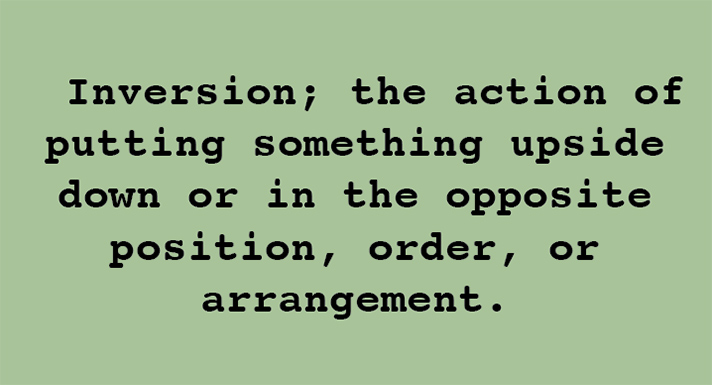On Money & More – May 2022
Yield curves are supposed to slope upward. For example, if you loaned your neighbor $1000 for a day, you’d probably ask for $1000 tomorrow. But, if the loan were for a year, perhaps you’d ask for $1100. How much would you ask for if the loan was for 30-years? Most Jacksonville residents are good friends with their neighbors, but they’d still probably want to be paid a premium for parting with their money for so long. Bond investors are no different, typically asking for greater returns for longer time horizons. A funny thing sometimes happens however; bond investors charge a higher interest rate for a short-term loan than they do for a long-term loan. Why? This “inverted yield curve” is a result of investors pricing in today’s inflation (and anticipated rate hikes), followed by rate cuts and a deflationary cycle in the future. An inverted yield curve, which occurred recently in the bond market, is also an event that has predicted future economic recessions with remarkable accuracy.
An inverted yield curve does not necessarily mean stocks will go down. In fact, history suggests otherwise. The median gain for stocks one-year after an inversion? 9% higher. After two-years, the median gain was 16% (source: Goldman Sachs Global Investment Research). Nobel laureate economist, Paul Samuelson, famously said, “The stock market has predicted 9 out the last 5 recessions.” And while stocks have been all over the place so far in 2022, the possibility of an upcoming recession should not compel you to put your money under your proverbial mattress. After all, the volatility of stocks is what makes them great long-term investments. Without risk, there is no opportunity for returns.
What then, should an investor do in the face of today’s geo-political and economic uncertainty? With inflation, war, rising rates, and bond market premonitions, there are plenty of things to worry about. But hang in there! Timing the top or the bottom of the market is a nearly impossible task, and most investors are better off just riding out the storm. Our answer is, quite simply, diversify. After all, it is rare that all investments are overpriced at the same time. The behaviors of different investments can smooth the risk in your portfolio and help you to maintain more stability. It can also help to provide some peace of mind, knowing that all your eggs aren’t in the same basket. Having exposure to multiple investments, such as stocks (both big and small, domestic and international), bonds (both governments, corporates, and otherwise), and real estate all provide a cushion for when any one of these investments might be headed for declines. Hang in there, and if you want to talk about your situation, we always welcome a conversation at Cutler.
All opinions and data included in this commentary are as of April 11, 2022 and are subject to change without notice. The opinions and views expressed herein are of Cutler Investment Counsel, LLC and are not intended to be a forecast of future events, a guarantee of future results or individual investment advice. Nothing herein should be construed as tax advice. This article is provided for informational purposes only and should not be considered a recommendation or solicitation to purchase or sell securities. This information should not be used as the sole basis to make any investment decision. The statistics have been obtained from sources believed to be reliable, but the accuracy and completeness of this information cannot be guaranteed. Investing involves risk, including the potential loss of principle. Neither Cutler Investment Counsel, LLC nor its information providers are responsible for any damages or losses arising from any use of this information.

 Matthew Patten is CEO and Investment Portfolio Manager at Cutler Investment Group. He is a graduate of Jacksonville Elementary School and South Medford High School. Matt earned BA degrees in Economics and Environmental Geo-Sciences from Boston College and a MBA from the University of Chicago.
Erich Patten is President and Chief Investment Officer at Cutler Investment Group. He is a graduate of Jacksonville Elementary School and South Medford High School. Erich earned a BS in Economics from the Wharton School, University of Pennsylvania, and a Masters in Public Policy from the University of Chicago.
Matthew Patten is CEO and Investment Portfolio Manager at Cutler Investment Group. He is a graduate of Jacksonville Elementary School and South Medford High School. Matt earned BA degrees in Economics and Environmental Geo-Sciences from Boston College and a MBA from the University of Chicago.
Erich Patten is President and Chief Investment Officer at Cutler Investment Group. He is a graduate of Jacksonville Elementary School and South Medford High School. Erich earned a BS in Economics from the Wharton School, University of Pennsylvania, and a Masters in Public Policy from the University of Chicago.